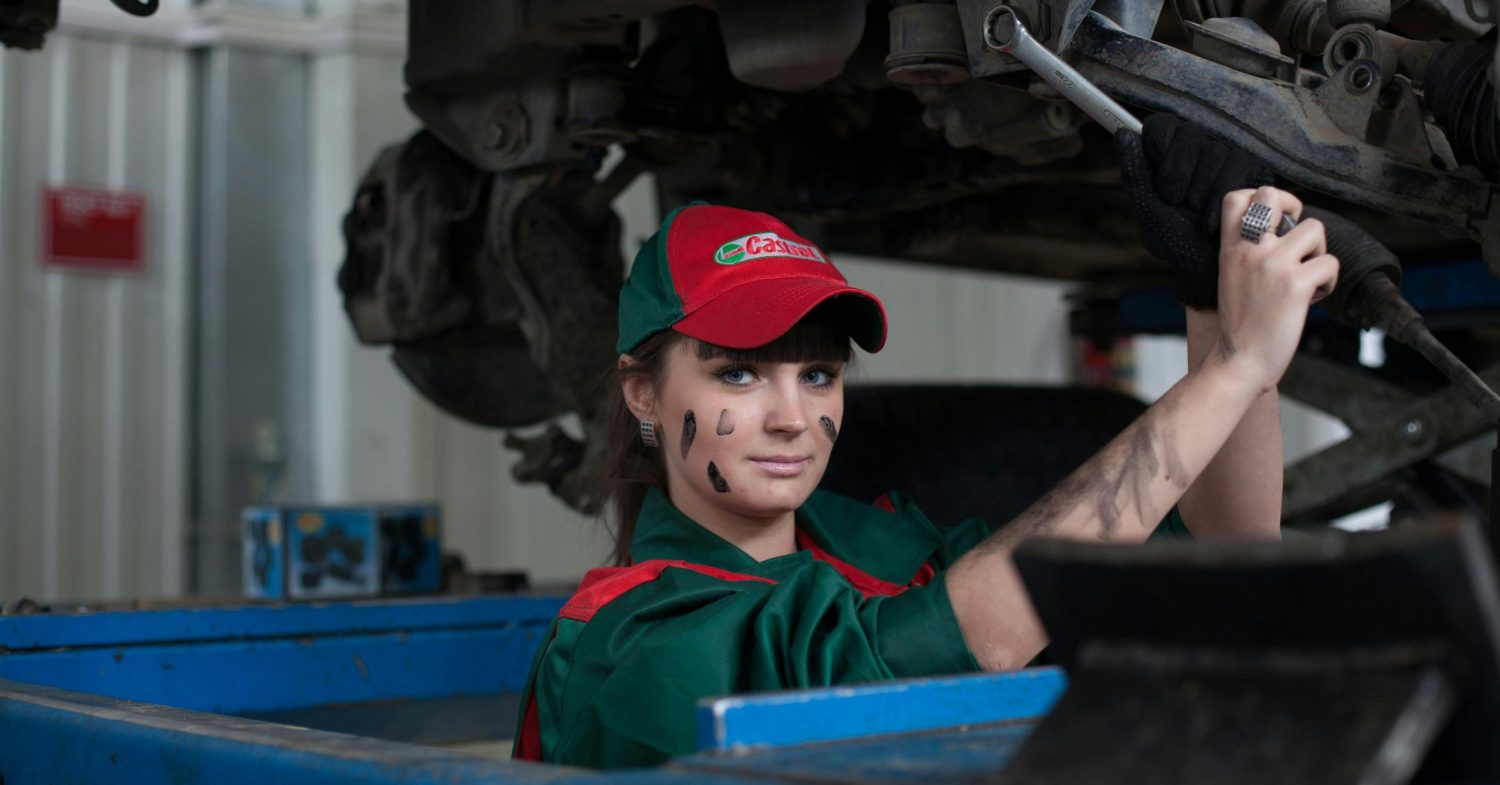Automotive Materials: The Importance Of Using Solutions That Provide An Excellent Coating
 We also work with coating materials for the automotive sector, which has undergone many changes in recent years to adapt to new market needs and consumer demands.
We also work with coating materials for the automotive sector, which has undergone many changes in recent years to adapt to new market needs and consumer demands.
As we know, to achieve quality and long-lasting insulation, it is necessary to have suitable components and raw materials. We manufacture different co-extrusion materials capable of responding to the demands placed on the manufacturing of an automobile.
And this is a market and a product that has to meet high comfort and safety requirements with its regulations. Therefore, our effort to obtain the best materials makes the work of the automotive sector easier.
What materials are needed to make a car?
Let’s make a brief introduction: what is a car, van, bus, or truck fundamentally made of? These are the primary materials:
Metals: Steel is almost primarily responsible for the car’s weight, which gives it resistance to impacts, something directly related to the ability to protect the lives traveling inside. The basic frame (underlying chassis and box) is usually made of this material, which average weighs around 1,300 kilos if counted separately. The doors, roof, and body are also made of this highly resistant material. And even some parts of the engine incorporate it.
The other metallic material that we find in a car is aluminum, lighter than steel and which has been beginning to replace it for about three decades.
Glass: Although it is not the most abundant in the “composition” of a car, it is vital that its quality is adequate and that it provides good visibility in addition to being able to resist impacts or breaking most safely for those who travel in a car.
Rubber: Tires use a particular material, and both natural origin (rubber tree) and synthetic (petroleum derivative) are usually used simultaneously.
Plastics: Obviously, the moldability and resistance properties of plastic could not go unnoticed by the automobile industry. In addition, it is lighter than other materials, and thanks to research, some plastic materials with qualities very suitable for the automotive sector have been achieved.
Plastic Coating Materials for The Automotive Sector
 We are committed to developing co-extrusion materials (a procedure that allows two different textures to be combined through extrusion). These coating materials will then be used to manufacture very different components, some that we can see inside the car and others that are hidden but play a crucial role.
We are committed to developing co-extrusion materials (a procedure that allows two different textures to be combined through extrusion). These coating materials will then be used to manufacture very different components, some that we can see inside the car and others that are hidden but play a crucial role.
For example, inside and out dashboards, floor mats, carpets, and headliners are usually made of plastic. These are rigid or semi-rigid materials that can provide acoustic comfort thanks to their insulating capacity.
The products that we develop for the automotive industry are:
CASR: This material has an excellent quality, which is its versatility. So, we use it both to make food packaging (generally for products that are vacuum packed) and for coatings in the automotive sector. This is due to its excellent thermoforming capabilities. Its composition does not use chlorine, it resists high temperatures (it can be pasteurized), and it is very insulating (in the food industry, for example, it can create a barrier against oxygen).
PP FLOC: Inside the doors and windows of cars, vans, etc. This material is present (it is a special polypropylene sheet). It is used mainly for its insulating qualities, which are essential to guarantee comfort in the interior of a vehicle. It is used primarily because it can leave out noise and provide an interior with sufficient acoustic comfort. Its texture is reminiscent of rubber. It is also non-slip, and we find it in the carpets covering the interiors. It forms an excellent barrier to water vapor and odors and withstands high temperatures well.
…
